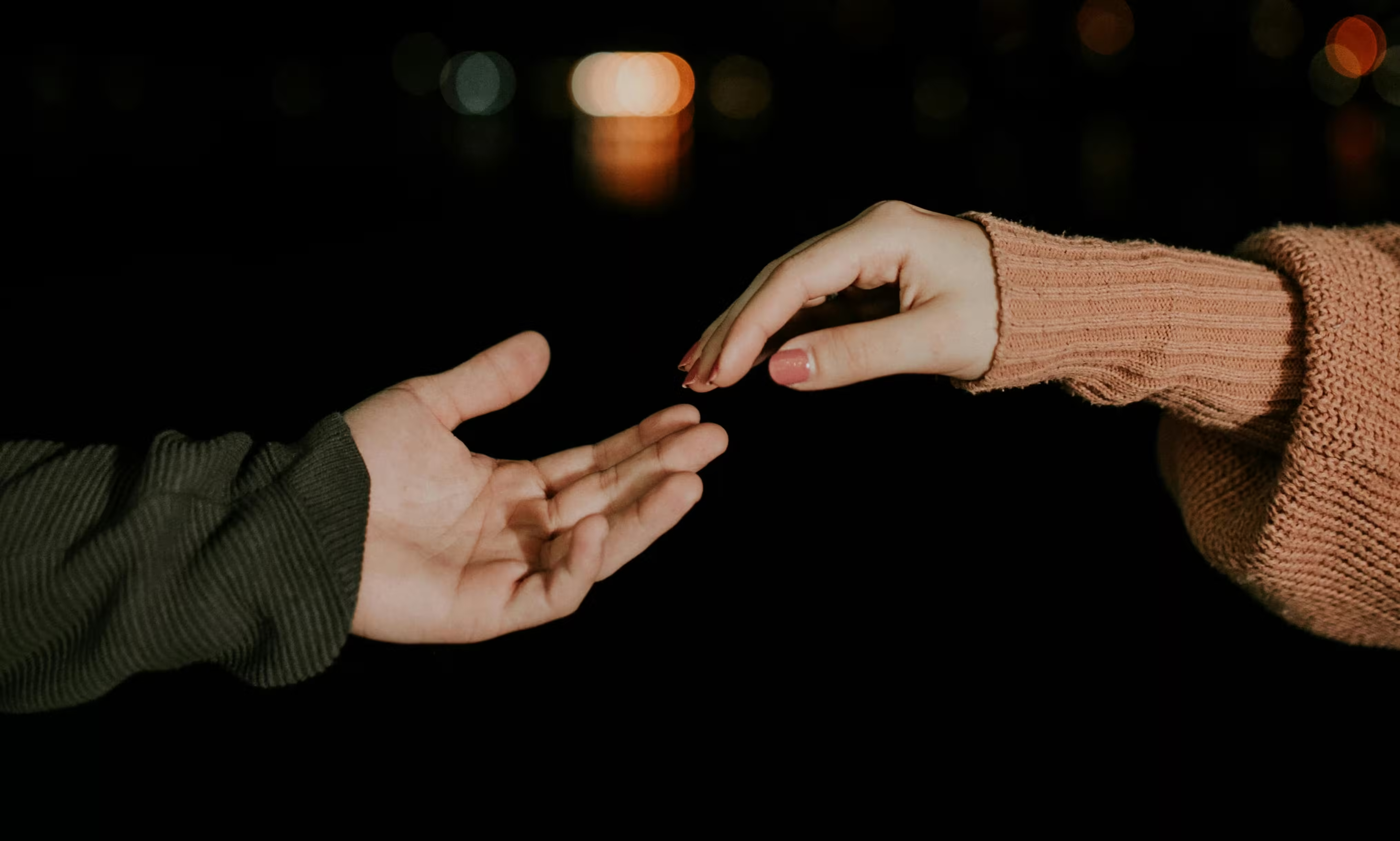Reading time: 5 min
Fear in the eye of an Entrepreneur?
Why We, Humans, Need Links
We thrive on connection. We form relationships, communities, and societies through invisible threads — links of trust, memory, love, and purpose. Everything in life begins and grows through links:
- Roads link cities, allowing us to travel.
- Education links years of learning into personal growth.
- Biology links generations through ancestry and DNA.
- Decisions link your past choices to your present self.
Even your closest relationships are links — your parents, their parents, and the chain goes on.
Think about your digital life. When you search something on Google, it returns links — and it's up to you to choose the one that resonates. The same is true in life: the people you surround yourself with, the ideas you follow, the actions you take — they're all links guiding your path forward.
Would you be able to surf the internet without links? Technically, maybe — but it would be frustrating, slow, and disjointed.
Would you be able to navigate life without meaningful connections?
The answer might be the same.
So let's talk about how links work — in the digital sense.
What Is a Link?
A link, in its simplest form, is a connection between two points. On the web, we call these hyperlinks — pieces of text or images that take you somewhere new when you click on them.
A link points to a URL — a unique address for a resource on the internet. When you click on a link, your browser travels to that address and loads the content for you.
In code, a basic link looks like this:
- href is short for hypertext reference.
- The value inside the quotes is the destination (the URL).
- The text between the tags is what the user clicks on.
The Magic Behind the Click
When you click a link, here's what actually happens behind the scenes:
- Your browser sends a request to the server that hosts the destination website.
- This request uses a protocol called HTTP— Hypertext Transfer Protocol.
- The server receives the request, finds the content, and sends it back to your browser.
- Your browser takes that content (usually in HTML) and renders it as a page you can see and interact with.
HTTP Methods
HTTP isn't just about fetching pages — it also lets us send data. Two common types of HTTP methods are:
GET– You ask to receive something (like loading a webpage).
POST– You send data to the server (like submitting a contact form).
For example:
Clicking a blog title? → GET request.
Filling out a contact form? → POST request.
While HTML and links handle structure and navigation, backend technologies like Python or JavaScript handle how data is processed and stored.
Life Is a Web of Links
Whether it’s digital or personal, every connection matters. A link can take you to the next step in your journey — online or in life. It's how we discover new ideas, reach new people, and move toward purpose.
So the next time you click a link, pause for a second.
You're not just opening a page.
You're opening a possibility.
